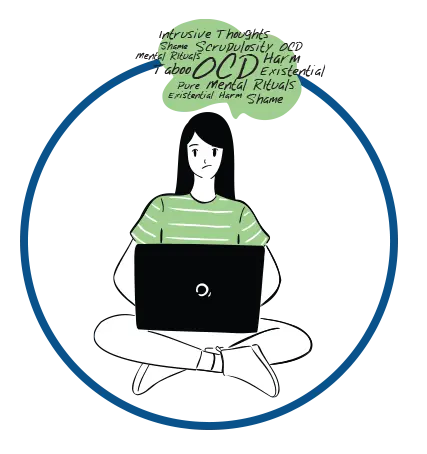What is OCD:
Obsessive-Compulsive Disorder (OCD) is characterized in two parts: obsessions and compulsions. Obsessions are unwanted and intrusive thoughts or feelings that begin to cause anxiety and distress that interrupt daily tasks. In response to these thoughts or feelings, the person begins to engage in repetitive behaviors that reduce anxiety, called compulsions or rituals. The compulsion is used to neutralize or counteract the anxiety. Although most sufferers recognize that their obsessions are irrational the compulsive behavior feels gratifying and causes the individual to feel less anxious and distressed.
Approximately 1%-2% of the general population suffers from OCD, a condition that typically presents in adolescence or early adulthood. Symptoms may also present in very young children as well. Symptoms often flare up during periods of increased stress. Many OCD sufferers do not seek treatment, often citing feelings of shame or embarrassment about the nature of their obsessions and/or compulsions. Studies suggest that OCD sufferers go between 12-17 years from the onset of symptoms before getting treatment from an Exposure and Response Prevention specialist.



